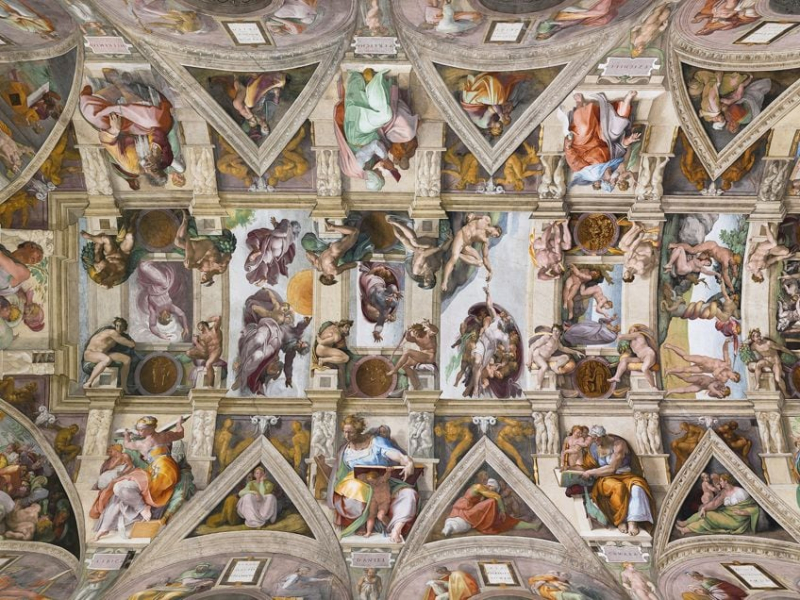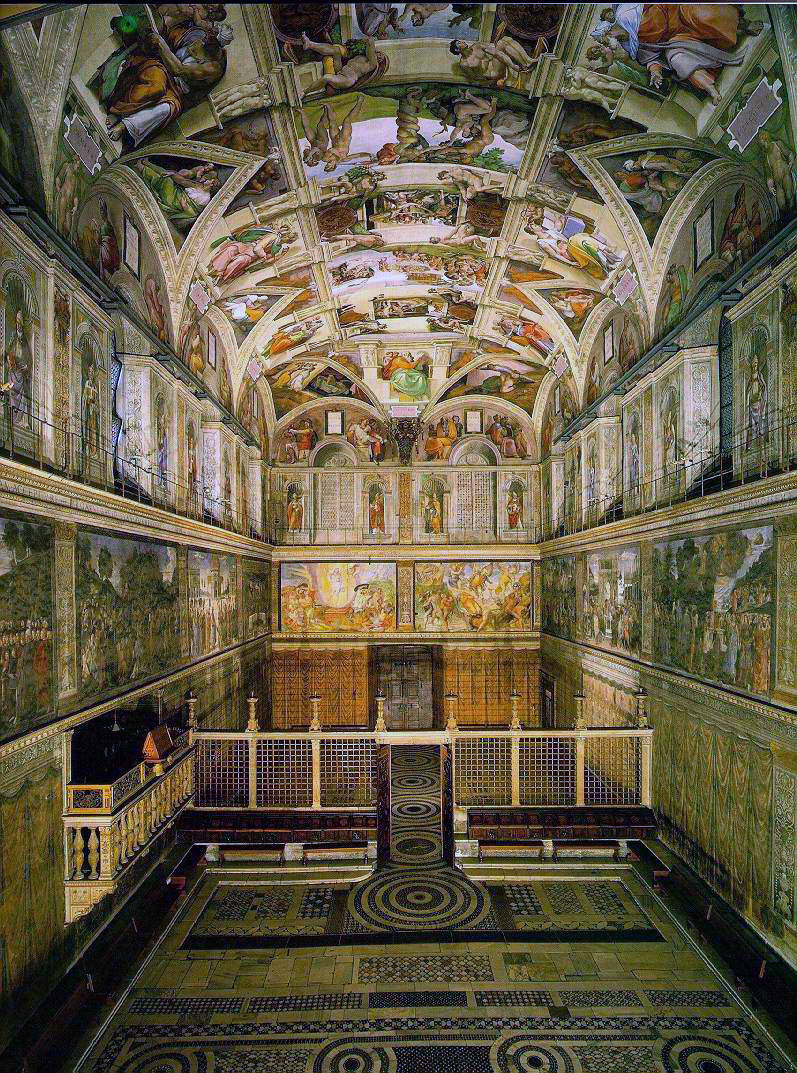His work at the Sistine Chapel was meant to sabotage his career
Raphael was the hot painter in town at the time of Michelangelo's ascension, and it was Raphael who Pope Julius II first chose to work on the Sistine Chapel. This is where rivalry enters the picture. With his commissions, Michelangelo's renown grew, and the young artist stole part of Raphael's business. Out of jealousy or pride, Raphael persuaded the Pope to engage Michelangelo instead, trying to demonstrate to the Pope that the young artist was only a sculptor and could not paint as well as himself. Raphael hoped that the young artist would become overwhelmed and that he would have to come to his aid, thus defaming Michelangelo. He was obviously disappointed.
Michelangelo worked against all difficulties from July 1508 to October 1512 to finish this masterpiece, which is still revered by millions today. Talk about a lousy strategy blowing up in your face.
Raphael was initially the pope's choice to paint the chapel, but he turned it down out of resentment for the young artist whose notoriety was rising. He wanted to show that Michelangelo was merely a sculptor and that he could not paint as well as himself. Ironically, they both agreed on this viewpoint. In contrast to other artists, Michelangelo identified as a sculptor.
Today, more than 25,000 people visit the majestic chapel every day. It appears that Michelangelo was victorious in the end.














